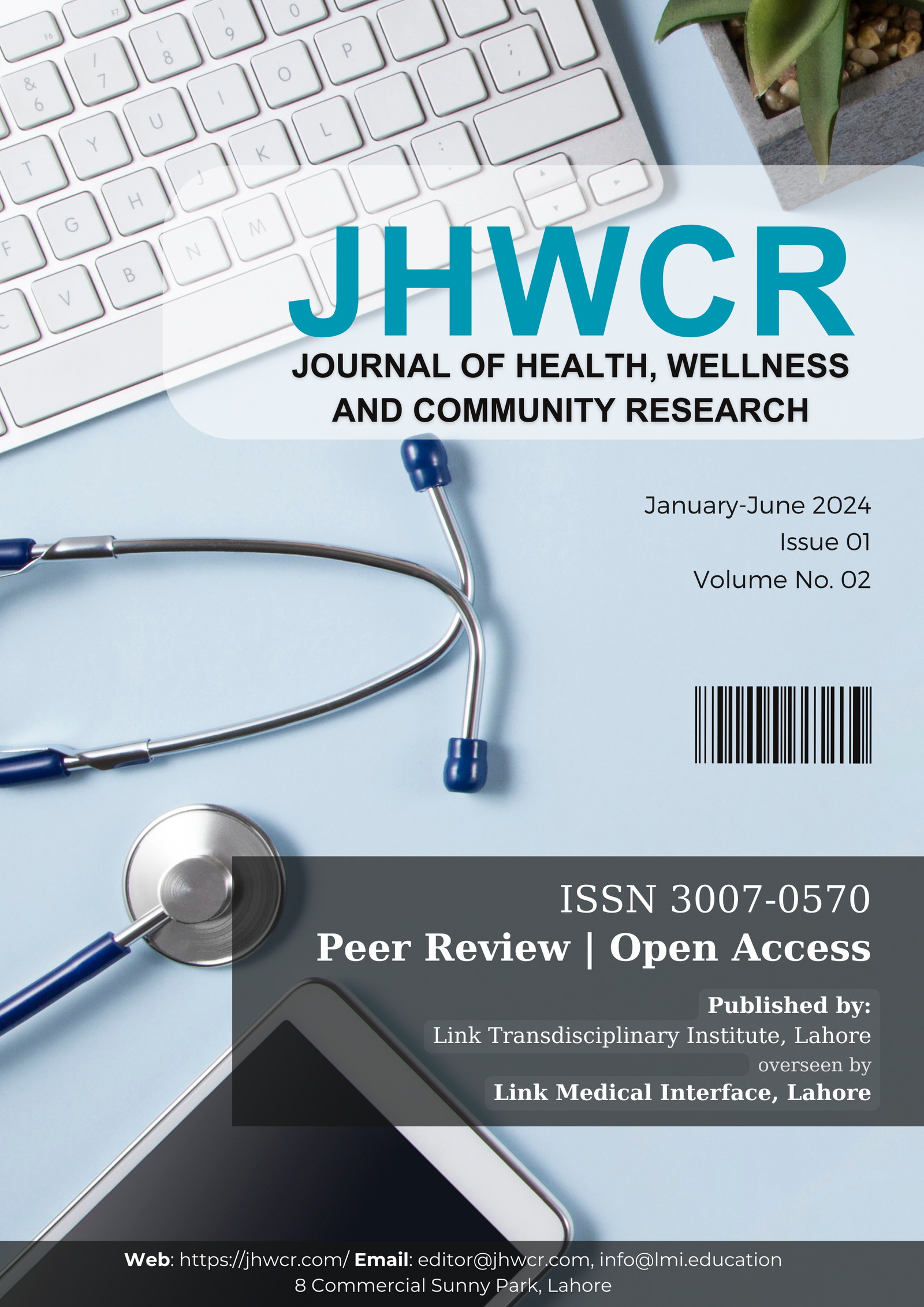Lower Extremity Fractures and Its Factors Associated with Age Due to Road Traffic Accidents in Tertiary Care Hospital, Sindh
Lower Extremity Fractures and Its Factors Associated with Age Due to Road Traffic Accidents in Tertiary Care Hospital, Sindh
DOI:
https://doi.org/10.61919/k0pn2037Keywords:
Lower Extremity Fractures, Road Traffic Accidents, Age Factors, Functional Recovery, Hospitalization, Rehabilitation, Pakistan.Abstract
Background: Lower extremity fractures (LEFs) resulting from road traffic accidents (RTAs) are a critical public health concern in low- and middle-income countries, yet the interplay between age and post-injury functional outcomes remains insufficiently characterized in Pakistan. Objective: To evaluate the association between age and clinical outcomes—specifically functional limitation and recovery—following LEFs due to RTAs in patients treated at a tertiary care hospital in Sindh. Methods: This hospital-based prospective observational study enrolled 295 patients aged ≥20 years with radiologically confirmed LEFs from RTAs between May and August 2024. Inclusion required confirmed lower limb fractures and consent; patients with non-RTA fractures or incomplete data were excluded. Data were collected using structured interviews and medical record review, incorporating demographic details, injury mechanism, management, and validated outcome assessments via the Lower Extremity Functional Scale. Clinical follow-up extended to four months post-injury. The study received ethical approval from the Liaquat University of Medical and Health Sciences Ethics Committee, adhering to the Helsinki Declaration. Statistical analysis used SPSS v20, with chi-square testing and multivariable regression to identify associations and adjust for confounders. Results: Functional limitations increased significantly with age across all measured domains, with restricted mobility rising from 50.0% in the youngest cohort to 82.8% in those over 64 years (χ² = 55.09, p < .001). Prolonged hospital stays (>2 weeks) were also markedly higher among older patients (62% in >64 years vs 10% in 20–25 years). Age was the strongest predictor of poor recovery and impaired activities of daily living. Conclusion: Advancing age is strongly associated with worse functional outcomes and longer hospitalization following LEFs due to RTAs, underscoring the need for age-tailored rehabilitation, prevention strategies, and multidisciplinary trauma care. Early intervention and geriatric-focused management may reduce disability and healthcare burden.
Downloads
Published
Issue
Section
License
Copyright (c) 2025 Qurban Ali, Husan Bano Channar, Rafeh Parvez Khan, Saad Ishaq Sheikh, Narendar Kumar, Waqar Ahmed Abassi (Author)

This work is licensed under a Creative Commons Attribution 4.0 International License.


